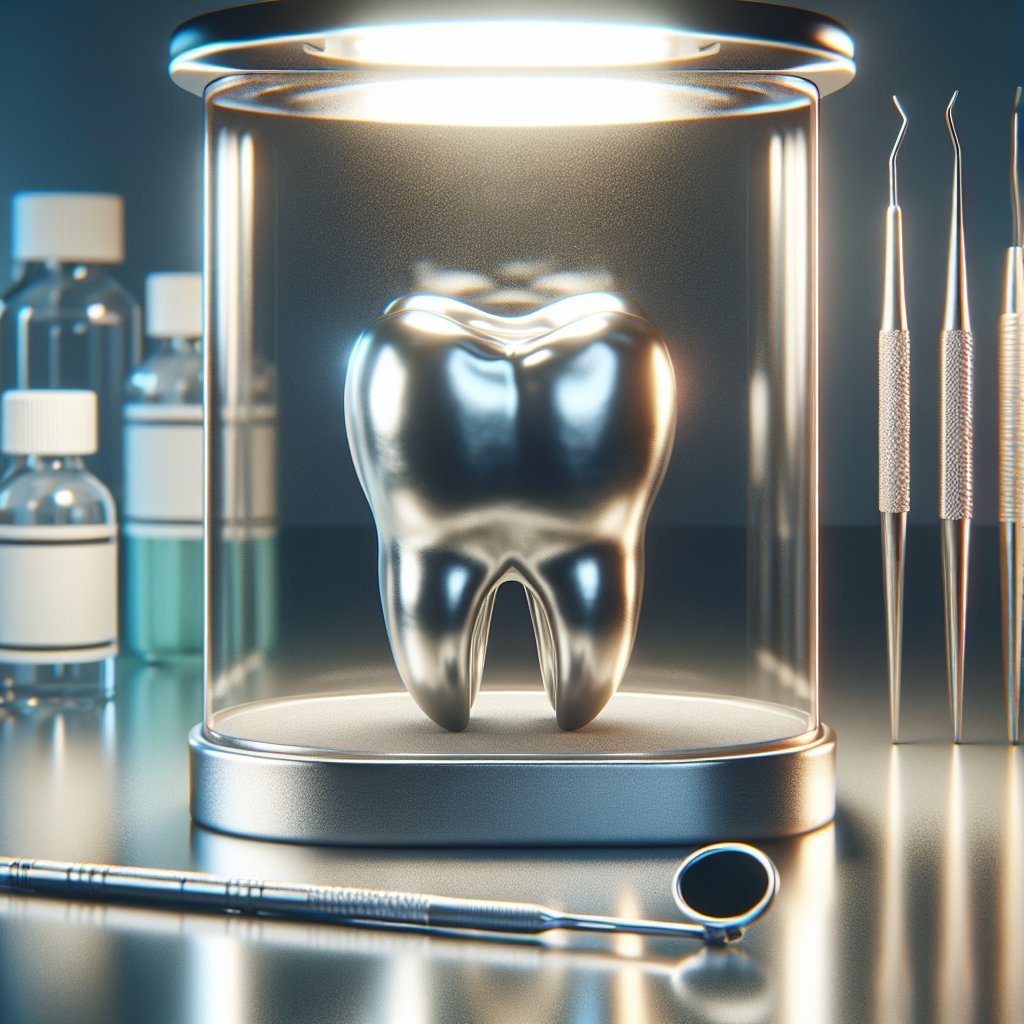Updates on the safety of amalgam fillings have become a significant topic of discussion in the dental community and among patients alike. Amalgam fillings, composed of a mixture of metals including mercury, silver, tin, and copper, have been used for over a century to restore decayed teeth. However, concerns regarding the safety of mercury exposure have led to ongoing debates and research. This article aims to explore the current understanding of amalgam fillings, their safety, and the alternatives available for dental restorations.
Understanding Amalgam Fillings
Amalgam fillings are a popular choice for dental restorations due to their durability and cost-effectiveness. They are particularly favored for filling cavities in posterior teeth, where the pressure from chewing is greatest. The composition of amalgam allows it to withstand significant wear and tear, making it a reliable option for long-term dental care.
The primary component of amalgam is elemental mercury, which is combined with other metals to create a stable material. The process of amalgamation involves mixing powdered metals with liquid mercury, resulting in a paste that can be easily shaped and molded to fit the cavity. Once placed, the amalgam hardens within a few hours, providing a strong and functional restoration.
Safety Concerns Surrounding Amalgam Fillings
Despite their widespread use, amalgam fillings have faced scrutiny due to concerns about mercury exposure. Mercury is a known neurotoxin, and its potential health effects have raised alarms among health professionals and patients. Some studies have suggested that mercury vapor can be released from amalgam fillings, particularly during placement or removal, leading to potential inhalation or absorption into the body.
Regulatory agencies, including the World Health Organization (WHO) and the American Dental Association (ADA), have conducted extensive reviews of the safety of amalgam fillings. The consensus among these organizations is that amalgam fillings are safe for most patients, particularly adults and children over the age of six. However, they recommend caution for certain vulnerable populations, including pregnant women, nursing mothers, and individuals with pre-existing neurological conditions.
Recent Research and Developments
Recent studies have aimed to further clarify the safety of amalgam fillings and their potential health impacts. Research has focused on the long-term effects of mercury exposure from dental amalgams, as well as the effectiveness of alternative materials. Some key findings include:
- Long-term Health Effects: A comprehensive study published in a leading dental journal found no significant association between amalgam fillings and adverse health outcomes in the general population. The researchers concluded that the benefits of treating dental caries with amalgam outweigh the potential risks of mercury exposure.
- Comparative Studies: Studies comparing amalgam fillings to composite resins and other materials have shown that while composites may offer aesthetic advantages, they often do not match the durability and longevity of amalgam, particularly in posterior teeth.
- Environmental Concerns: The environmental impact of mercury from dental practices has also been a topic of concern. Efforts are being made to reduce mercury waste in dental offices, with many countries implementing regulations to manage and minimize the release of mercury into the environment.
Alternatives to Amalgam Fillings
As concerns about amalgam fillings persist, many patients and dentists are exploring alternative materials for dental restorations. Some of the most common alternatives include:
- Composite Resins: These tooth-colored materials are made from a mixture of plastic and fine glass particles. They are aesthetically pleasing and can be closely matched to the color of natural teeth. However, composites may not be as durable as amalgam, especially in high-stress areas.
- Ceramic Fillings: Porcelain or ceramic fillings offer excellent aesthetics and are highly resistant to staining. They are often used for front teeth restorations but can be more expensive than amalgam and may require more tooth structure to be removed during placement.
- Glass Ionomer Cements: These materials release fluoride, which can help protect the tooth from further decay. They are often used in pediatric dentistry and for fillings in areas not subject to heavy chewing forces.
Conclusion
The safety of amalgam fillings continues to be a topic of research and discussion within the dental community. While concerns about mercury exposure are valid, current evidence suggests that amalgam remains a safe and effective option for dental restorations in most patients. As dental technology advances, alternative materials are becoming increasingly popular, offering patients more choices for their dental care. Ultimately, the decision regarding the use of amalgam or alternative materials should be made collaboratively between the patient and their dentist, taking into account individual health needs, preferences, and the specific clinical situation.
As we move forward, ongoing research and advancements in dental materials will likely continue to shape the landscape of restorative dentistry, ensuring that patients receive safe, effective, and aesthetically pleasing options for their dental health.




